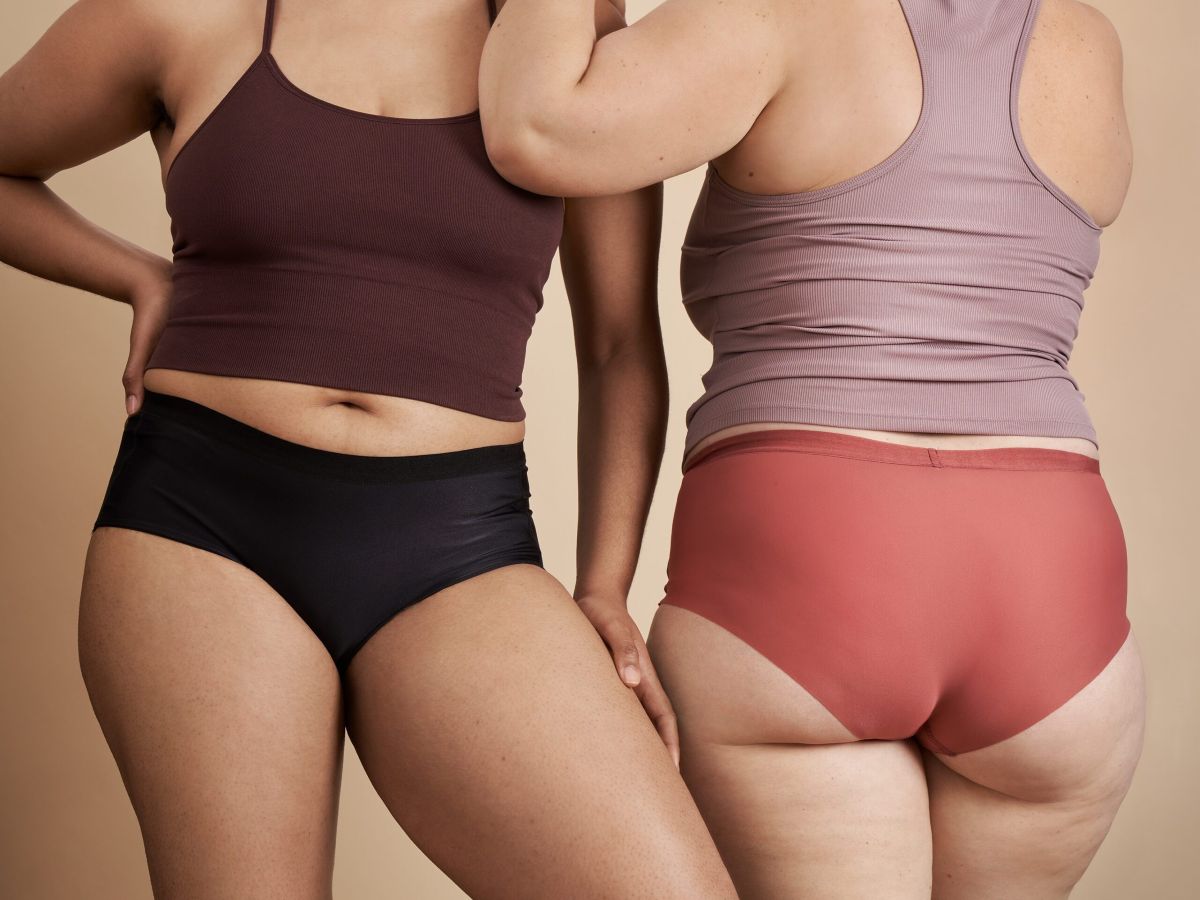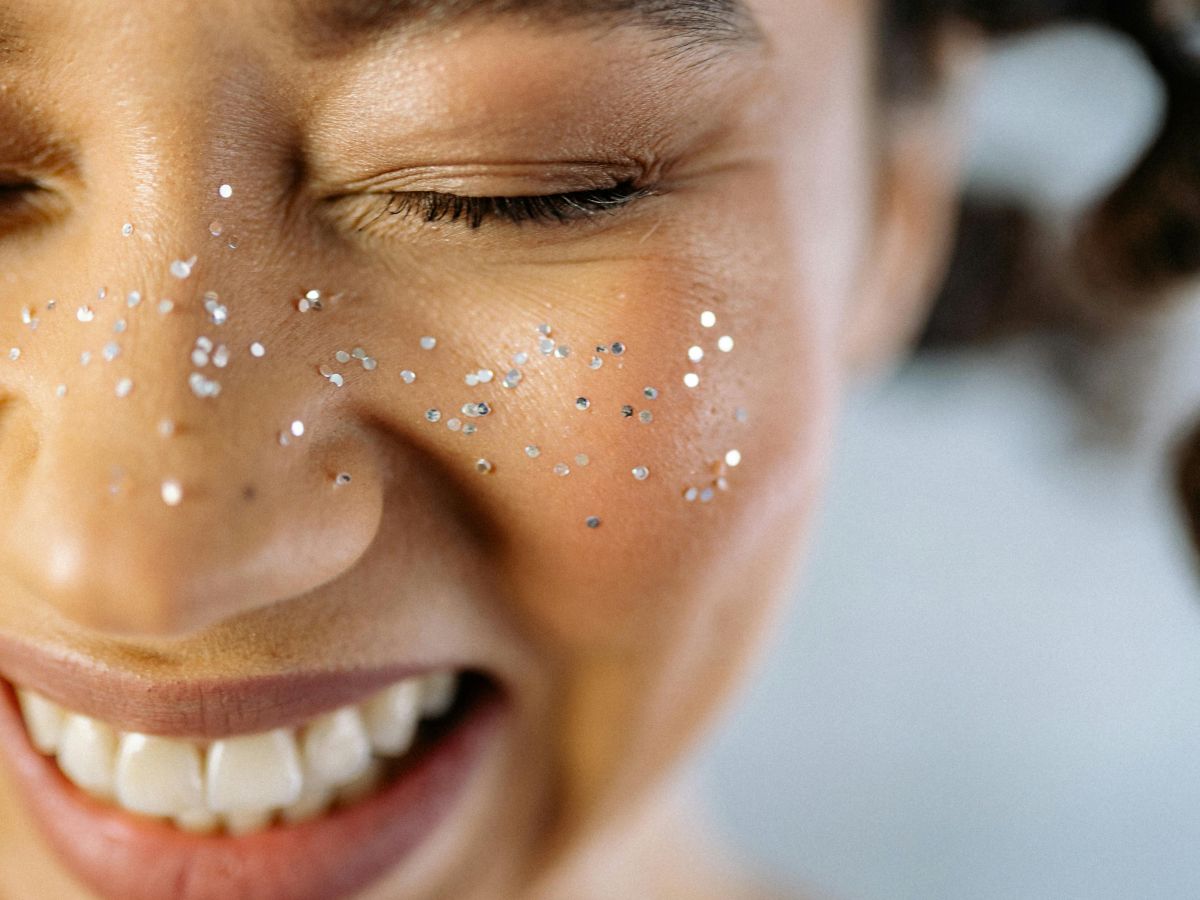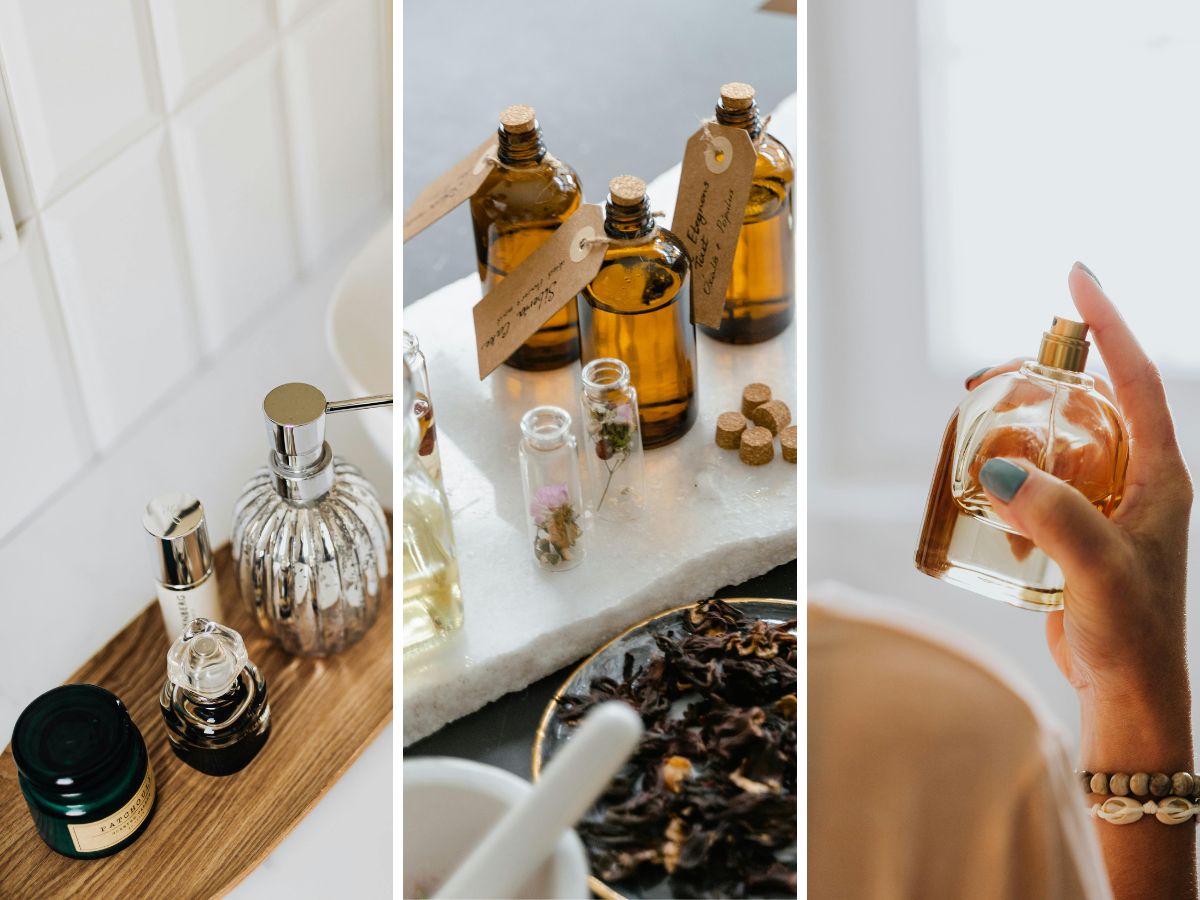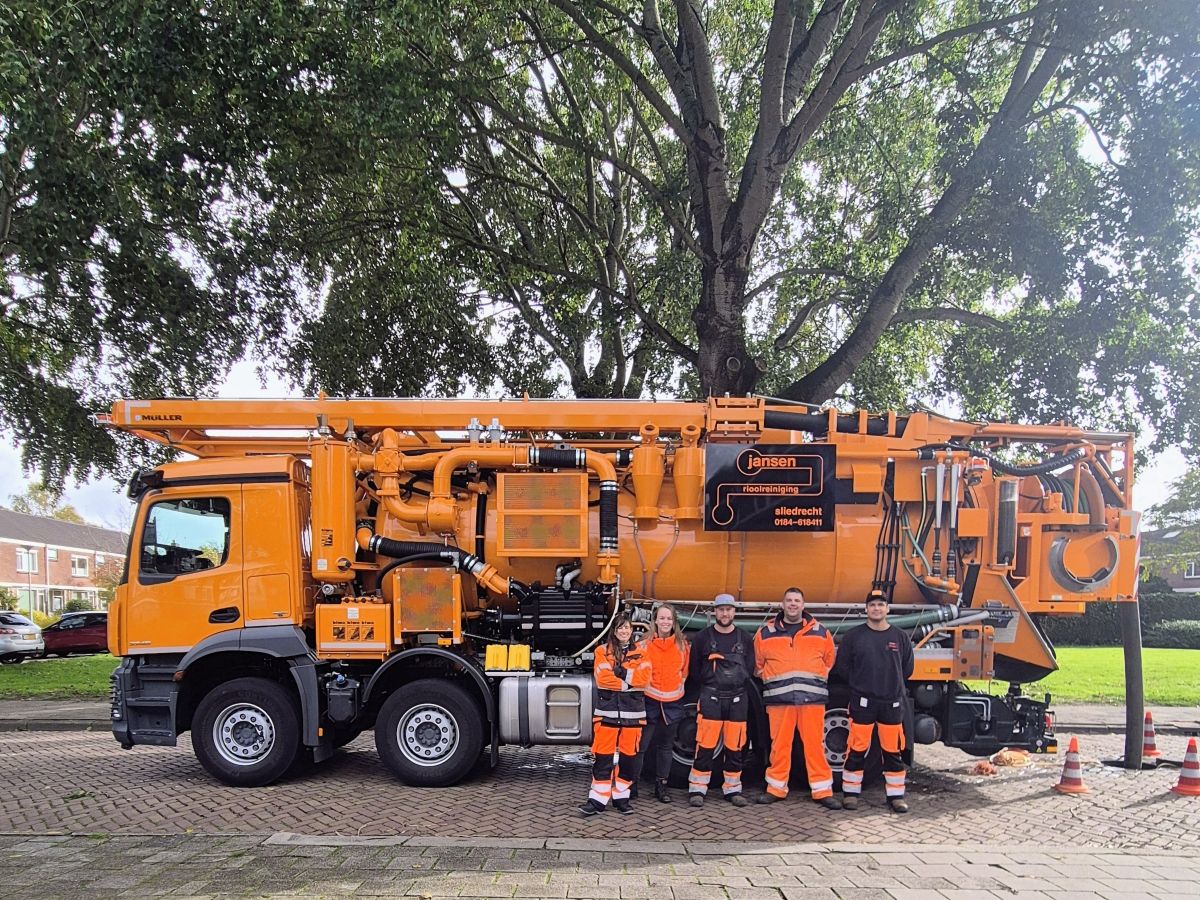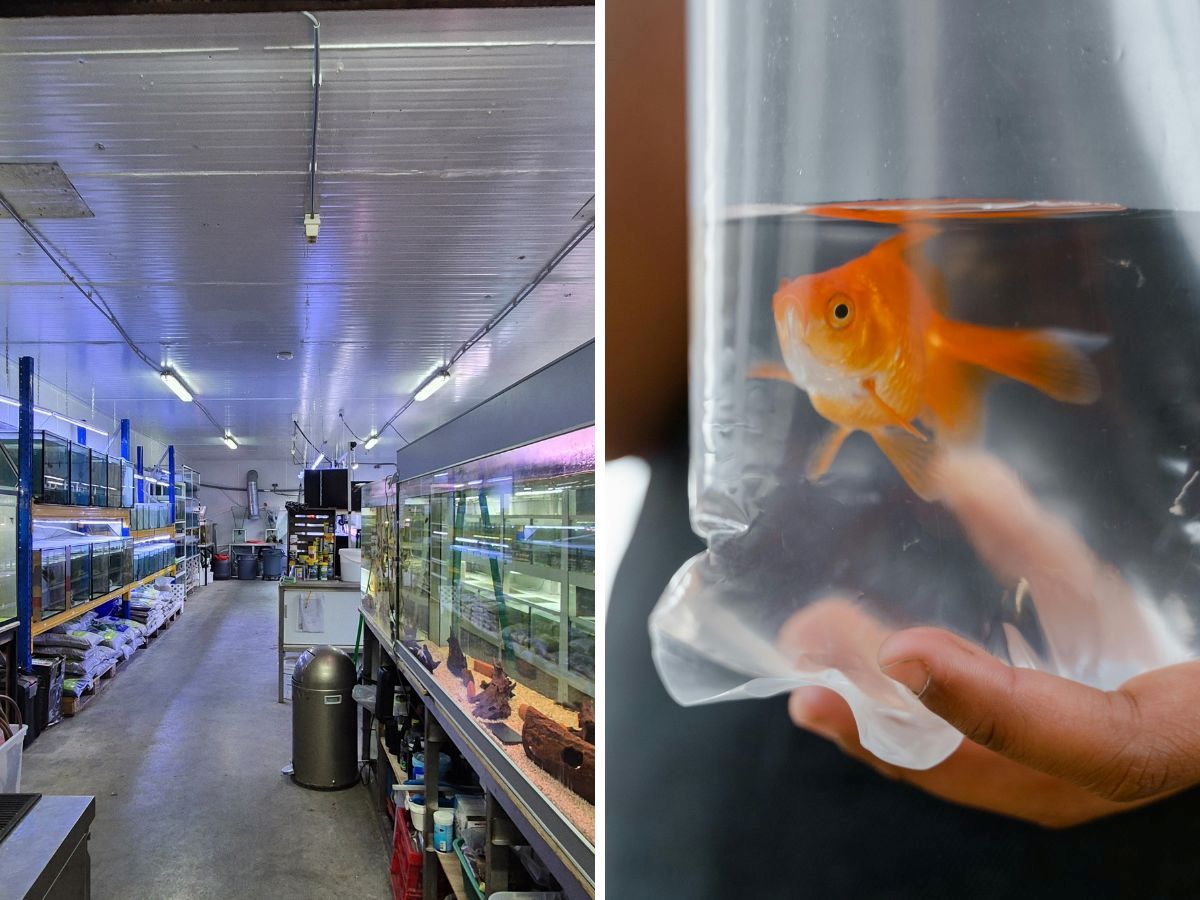As a woman, you throw away an average of ten thousand tampons and/or pads in your lifetime. By opting for washable sanitary pads, menstrual briefs or menstrual cups, you save a lot of waste and so you are being sustainable even during your period (often not your best week). But how nice are these zero waste alternatives? Reader Jelske tested them especially for thegreenlist.nl Three zero waste and therefore sustainable menstrual solutions. And, did you like it?
Environmentally conscious menstruation: we test different products
Surely, menstruation is a subject we do not readily and eagerly talk about. Most women still find it a bit dirty and inappropriate or even a weird topic to talk about. But it's not that weird, because women face it for almost half a lifetime every month. If you are a woman exploring how to live more sustainably, you can make a big difference by exploring sustainable menstrual options such as washable pads, a menstrual cup and menstrual underwear. If you opt for these zero waste solutions, you will save a huge amount of waste and it will also save you a lot of money.
According to Milieu Centraal and woman throws away an average of ten thousand tampons and/or pads in her lifetime. That is equivalent to your body weight in waste. Especially for readers of thegreenlist.nl I am therefore testing three sustainable menstrual options so I can tell you what it's like.
My experience with washable pads: wonderfully soft and odourless
I start the test with washable pads and soon discover that the range is huge. I decide to try washable pads from sustainable brand ImseVimse. This one is made of certified organic cotton and a thin waterproof film to prevent leakage. It sounds good! I find it a huge step to say goodbye to familiar disposable sanitary pads, but I soon discover that this is completely unnecessary. Washable pads actually work the same as ‘regular’ pads. Only you don't stick the pads in your pants, but press them on with press-studs. And the washing? I'll come to that in a minute. Not so bad.
As I wear it, I soon notice more benefits. I find it much nicer and softer than the disposable plastic versions, which nevertheless often tend to make things a bit soggy and itchy. Furthermore, it doesn't smell and the cheerful coloured fabrics of my ImseVimse sanitary pads make me instantly happy.
And then comes the washing. Something I dread most, but I read up well and soon get the hang of it. After use, it is important to rinse the pads immediately with cold water (no hot water) and then it can just go with the regular wash (40°C is the recommendation). No water around when changing? Don't panic! Then the pads can be stored temporarily in a wetbag, a water- and odour-proof pouch, ideal for travelling.
Handy fact: after washing, clean sanitary towels can sometimes leave a stain. Don't worry, because the sun is the ideal bleaching agent. Just put the dressing in the sun et voila! Spot gone! Want to know more about removing bloodstains and other stains? Then check out this article packed with tips! According to Milieu Centraal, washable sanitary pads can last five to 10 years. I say: nice and sustainable. ImseVimse is sold per three pieces.


Sustainable menstruation with washable sanitary pads. How's that?
Menstrual cups: whistling through menstruation
New month, new product. Time to test menstrual cups. Like washable pads, you have menstrual cups in all shapes, colours and sizes and from different brands. They all work the same, the silicone cup is most like a tampon. You insert it and the cup catches the blood. For me, the cup was really a discovery. I was used to using tampons, but because of the absorption, this made my vagina not always feel comfortable. With a cup, I don't suffer from this. Sometimes I don't even notice I'm menstruating. Great! And what's also super nice: a cup can absorb about the same amount as three tampons!
For this review, I tested a durable cup from AllMatters (OrganiCup). It did take some getting used to inserting and removing the cup smoothly, but practice makes perfect. By folding the cup in half, it fits inside the vagina. Once inside, the cup folds out by itself. A cup does not actually leak, but in case of heavy flow it can be useful to wear a washable panty liner (also exists) or thin washable sanitary pads with it. Just to be on the safe side. You never know. Want to take the cup out? Then it helps to apply a little pressure, fold the cup with your fingers and slowly take it out. Depending on the severity of the flow, take the cup out within a few hours or only after a whole night. You empty the cup in the toilet or shower, rinse it off and reinsert it. Before and after your cycle, clean the cup by boiling it out for three minutes.
Menstrual cups can be bought in different sizes: depending on how much you bleed, whether you gave birth vaginally and your age. With normal use, a cup should also last five to 10 years. Fine!
Warning: do be careful with a menstrual cup if you use an IUD. The string of the coil can get stuck between the cup and vaginal wall. This way, you can inadvertently pull the coil with you when taking the cup out. You can prevent this by folding the cup first and only then pulling it out. AllMatters recommends having the end of the coil cut off at the doctor's.


Menstruating with a menstrual cup: how does it work?
Menstrual briefs: ideal under your home suit
For the third period, I am testing a menstrual slip. On Instagram, influencers are praising it. I have to try this too! It looks like regular pants that soak up menstrual blood. Sounds almost impossible right? There's only one way to find out... For the review, I tested underwear from Snuggs and Lotties.
I found this review quite exciting because the knickers are so thin, it feels like you are not using anything, while you are menstruating. I bleed quite a lot, so I would be curious. And yet, I didn't leak through with Snuggs. After wearing it for several hours, it still feels dry and doesn't smell. More on this in a moment! What else is very nice about the menstrual briefs: while cycling, you are not bothered by shifting sanitary pads, nor by the snaps of washable pads. I have to admit that I also discovered a disadvantage. I hadn't thought about this beforehand, but if I want to change my panties outside the door, I therefore have to take off my trousers completely. For this reason, I find menstrual briefs especially nice to wear at home.
Depending on the amount of blood, a menstrual slip from both Snuggs and Lotties can last eight to 10 hours without changing. It absorbs particularly well due to a fast-absorbing top layer and a slow-absorbing middle layer. The layers are antibacterial, which absorbs odours. Menstrual underwear is washed in the same way as washable sanitary towels. Just rinse with cold water and wash with your regular laundry. For travelling, a wetbag comes in handy.
Snuggs is made of nylon, tencel and certified organic cotton. Lotties is made of bamboo textile, certified organic cotton and spandex. The functioning of Snuggs and Lotties is the same. It absorbs enough menstrual blood while not being thick pants.
In this article, you can read more about the different materials of menstrual briefs.
And in this article, more on Snuggs' menstrual underwear.


Menstrual underwear by Snuggs (nude colour), menstrual briefs by Lotties (black).
Are you already menstruating more sustainably?
Possibly you already knew one or more of these alternatives or perhaps you are still exploring your options. I hope my experience has helped you to make your choice, whatever it may be. Menstruation is already no fun, so all the more important to choose what you feel comfortable with. Even if you decide to stick with regular tampons and disposable sanitary towels, you can take small sustainable steps by always throwing it in the rubbish (and never down the drain).
More green tips from thegreenlist.nl
- Also see: The cutest sustainable maternity gifts.
- Also see: All about the materials of washable nappies.
- Also see: making your own detergent.
Jelske received (with the exception of the washable pads) all the products from the brands to review. Photo credits main image: ImseVimse, washable sanitary pads: ImseVimse, woman in jeans: Imani Bahati (Unsplash), woman with menstrual cup and bathroom: AllMatters, woman in nude underwear: Snuggs, photo with dark slip: Lotties.

